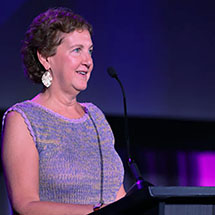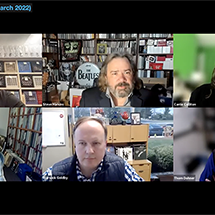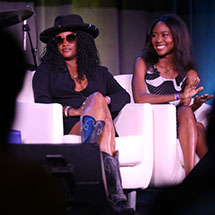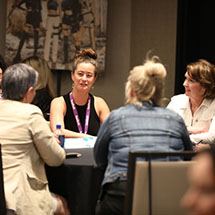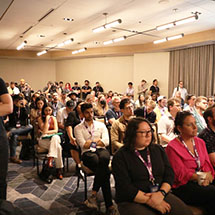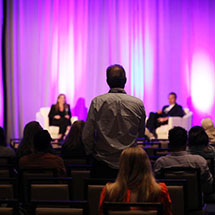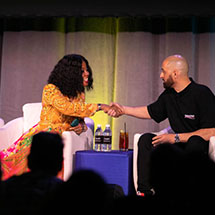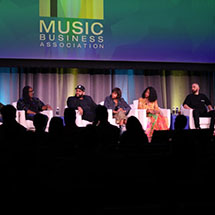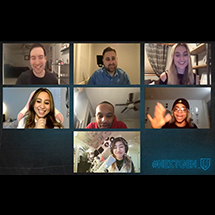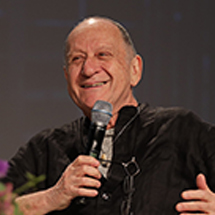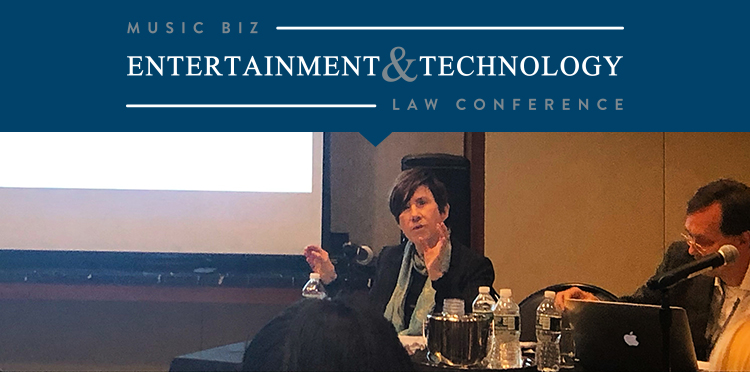
[MUSIC BIZ LAW CONFERENCE RECAP] Panel 1 — Blurred Lines: A Discussion of Recent Music Copyright Infringement Case Law

Music Biz’s Entertainment & Technology Law Conference returned last week to the NYC offices of Greenberg Traurig, bringing together top players from the tech and startup, music business, and entertainment law communities to hash out solutions to the high-profile issues facing the industry today. Throughout the week, Music Biz will give you an inside look at what was discussed by recapping the conversations had at each of this year’s panels!
Today, we look at “Blurred Lines: A Discussion of Recent Music Copyright Infringement Case Law,” which discussed the hot topic of copyright infringement and changes in litigation that have already had implications for some of today’s most popular artists. We’d like to thank AIMP for curating this excellent session!
In his panel introduction, moderator Art Levy of The Levy Firm began by stating that “Blurred Lines” was the best possible title for this session, due to changes in how the courts review cases that have led to uncertainty into what is and is not copyright infringement. This confusion has been discussed in cases involving artists from Led Zeppelin to Katy Perry, and notably came to a head through the panel’s namesake, the “Blurred Lines” court case. Speaker Eric Osterberg, whose boutique law firm specializes in copyright protection and intellectual property, laid the groundwork to clearing up confusion around what elements of a song can actually be infringed upon, how artists can prove their songs were being unlawfully copied, and what types of compensation they can seek through the courts.
According to the law, artists must have received copyright for their work prior to filing the suit, and need to prove that their song was indeed original material that was infringed upon, beyond de minimus similarities. For example, similar ideas, clichés and standard devices, facts, song titles and short phrases are not covered by copyright law as are not easily recognized as unique ideas that are the exclusive creation of one artist. Concrete examples of compositional elements music be showcased in the deposit copy sheet music which artists submit to register their work with the Copyright Office. Infringement cases typically settle, resulting in injunctions being issued that prevent infringing material from being further distributed and financial compensation for the wronged party.
In the end, Osterberg added, it is the burden of the plaintiff in an infringement case to a jury, which can be challenging if the jurors do not have enough of a musical background to understand how the defendant’s song infringes on the plaintiff’s. Enter Judith Finell, an esteemed musicologist who was the testifying expert witness for the family of Marvin Gaye in the “Blurred Lines” case. Finell discussed how she uses analytical tools to review two pieces of music and create, as she put it, “a constellation of similarities” that clearly communicates what song elements are copied. She also discussed the challenges of testifying in such a case. During the “Blurred Lines” case, the presiding judge did not allow for clips of Gaye’s track to be played, and a key piece of evidence between the track and “Blurred Lines” could not be used because it was not found on the deposit copy.
Given that copyright cases are based on the deposit copy of a song, what solutions are available to artists who want to ensure the true vision of their song is protected? Robert Clarida of Reitler Kailas & Rosenblatt provided one example via a 1988 copyright filing for the Rolling Stones classic “Sympathy for the Devil.” The track was already filed for copyright in 1968, before a new law was enacted 10 years later that protected actual sound recordings, not just sheet music. This updated filing cited the originally granted copyright and was filed to protect new compositional elements which were not included on the original deposit copy. Clarida stated this is significant for ongoing litigation, as the U.S. government recently weighed in that this method works best for ensuring all elements of a song are protected.
The panel ended with a debate on YouTube mashups, in which users upload clips of two songs that sound similar and bring compositional similarities to light. The panel was divided on their functionality. On one hand, they do indeed showcase similarities between two songs in an easily understandable way. But, as Finell pointed out, they can also confuse juries by creating inaccurate “harmonic parallelism,” especially for mashups where the key or BPM of one track is altered. This discussion once again highlighted the importance of factual evidence that informs and does not mislead the jury. Courts are concerned with ensuring there is no chance of a reverse decision, and in order to do so, they require credible, fact-based analysis of the two compositions.
Written Materials:
- https://musicbiz.org/wp-content/uploads/2019/09/Marcus-Gray-et-al-v.-Katy-Perry-.pdf
- https://musicbiz.org/wp-content/uploads/2019/09/Pharrell-Williams-v.-Frankie-Gaye-No.-15-56880.pdf
- https://musicbiz.org/wp-content/uploads/2019/09/Skidmore-v.-Led-Zeppelin-No.-16-56057.pdf
Stay tuned throughout the week as we recap the rest of this year’s Law Conference panels! Tomorrow, we discuss “(Pod)Cast Away,” which covered the future of monetization in podcasting and the changing landscape of licensing music for podcasts.

